How schoolchildren should be taught about what transgender means and how transgender pupils should be supported is set out in government documents.
The concept of being transgender is introduced in sex and relationships education material for children from P5 to P7 in Scottish schools.
And schools are told young people’s pronoun requests should be respected.
Here we outline what the Scottish Government and other authorities recommend children are taught from age eight upwards and how teachers should treat transgender children and young people.
Gender identity in sex education
Resources for teaching relationships, sexual health and parenthood (RSHP) lessons are produced by partnership including the Scottish Government, Education Scotland, councils and NHS boards.
They refer to transgender people in materials said to be suitable for children in P5 to P7.
At this stage children, they say, should be told how some people feel the sex they were born doesn’t fit with how they feel.
And they should be told what transgender, or trans, men and women are.
Children can also be told from P5 upwards that transphobia is when someone is hurt or put down because they are transgender.
Materials for pupils in S1 to S3 state that is okay for pupils to have different views about gender identity if managed within the normal parameters of discussions within RSHP learning.
They say young people at this stage should learn that gender is a mix of our biological sex and how we feel about our identity and choose to express ourselves.
They also say that for some people gender is not fixed and they might describe themselves as being gender fluid or gender non-binary.
Or young secondary pupils can be told a person might describe themselves as gender non-conforming.
This is if they do not identify as trans, non-binary, gender fluid or with gender expectations of their sex.
Or they might describe themselves as cisgender if they do identify with gender expectations of their sex.
Supporting transgender pupils in Scottish schools
Non-statutory guidance on supporting transgender pupils was issued by the Scottish Government in August 2021.
It recommends teachers should educate young people about transgender issues and work towards creating a culture of respect.
A teacher may be the first person a child or young person has spoken to about their gender identity.
And when they do so, teachers are advised against telling them it’s just a phase.
Instead they should ask what name and pronoun they want to be addressed by and to find out whether their family are aware.
Young people can tell others informally they want to use a different name.
Or they can request a formal change of name and sex on their school record (with their parents or carers if they are under 16).
The guidelines state should staff use the request pronouns – for example ‘they’ or ‘zie’ and avoid ‘misgendering’ or ‘deadnaming’ – using the previous name of – a transgender young person.
Where a young person has not told their family about their gender identity, the guidelines say “it is best to not share information with parents or carers without considering and respecting the young person’s views and rights”.

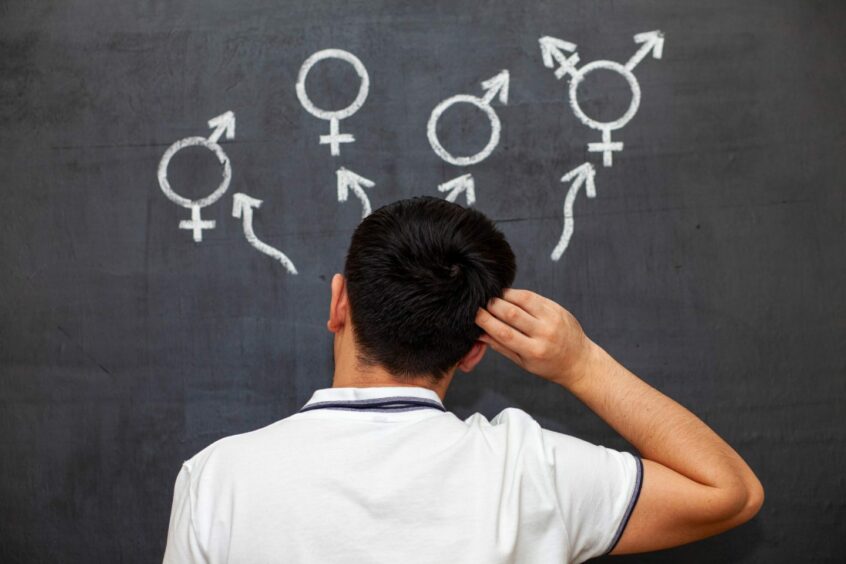
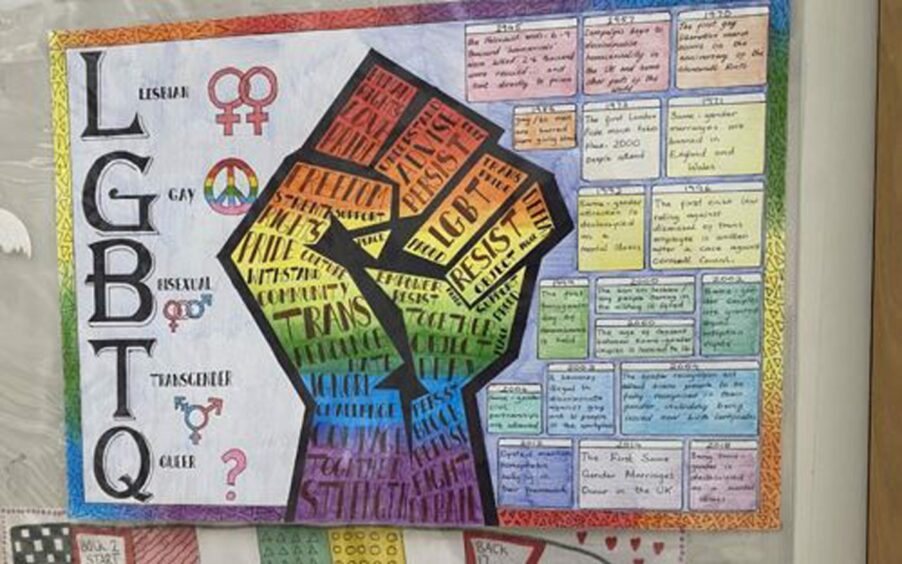
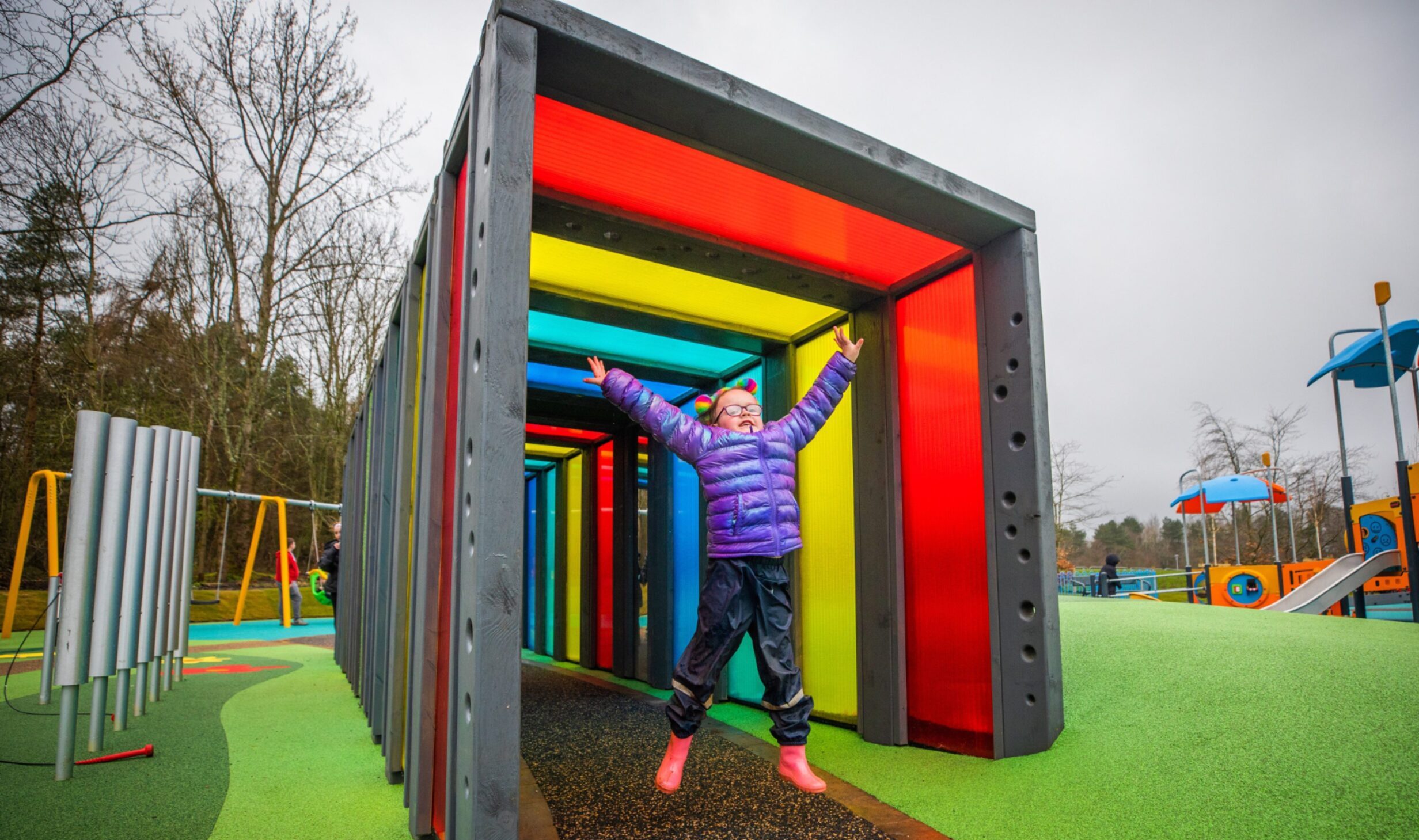
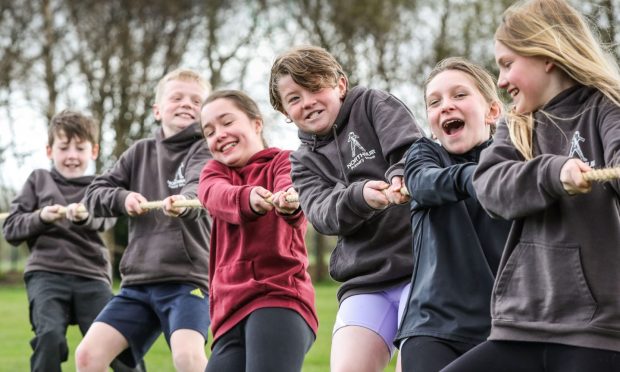


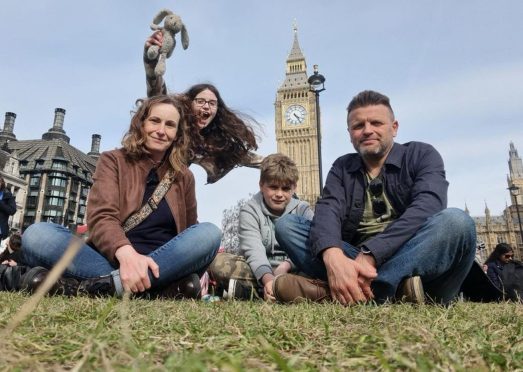





Conversation